(updated February 6, 2019)
Recently I wrote about my experiences with the new Nikon Z7 after teaching a landscape workshop in the Southwest. This time I’ll talk about how it handled action for me, having just returned from a week of shooting skiing in Colorado.
For nearly ten years now I’ve been volunteering my photography for Disabled Sports USA. The largest event they run each year is The Hartford Ski Spectacular, a week-long learn-to-ski and Paralympics race camp held in Breckenridge, CO. Having covered this many times, I knew it would be the perfect opportunity to test the Z7’s cold-weather, action and autofocus capabilities. Bottom line? The camera did very well. Here are some of my observations:
Exposure – To me, “What You See Is What You Get” is the greatest feature of this camera. Shooting in snow, I kept the live histogram in the viewfinder to make sure I was making that white snow nice and bright. With that kind of feedback, I rarely needed to look at photos after I shot to check exposure.
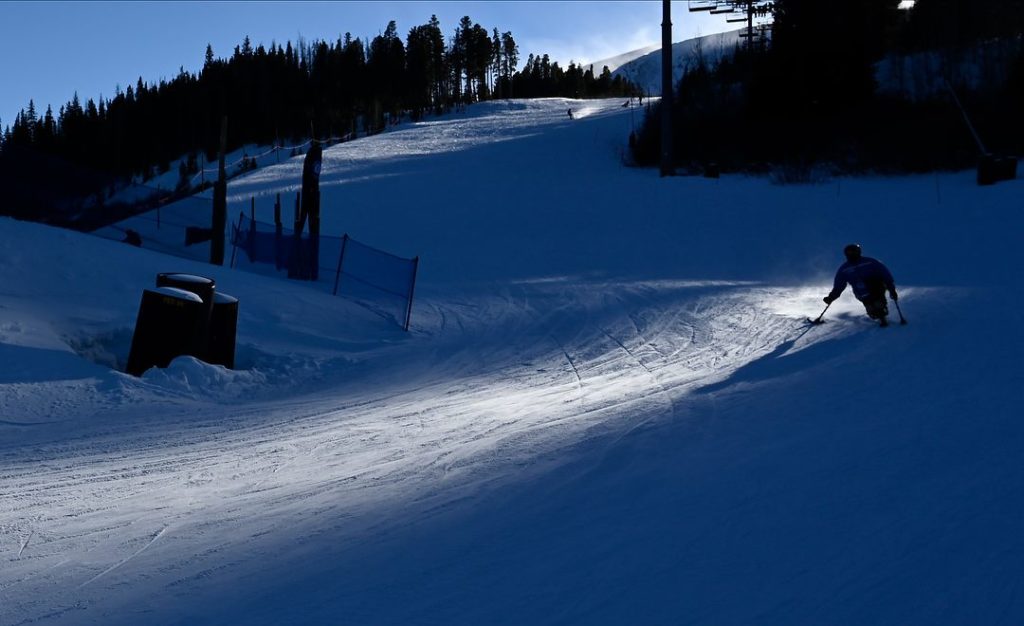
Electronic Viewfinder – With past EVF cameras I’ve used, shooting in bright, harsh light has been challenging. I didn’t experience that with this camera, as the EVF is bright and crisp. I did find that at first I had a difficult time in bright sunlight seeing the top Control Panel at the default, “Auto” setting. Using the Setup menu to change that to its brightest manual setting, however, solved the problem.
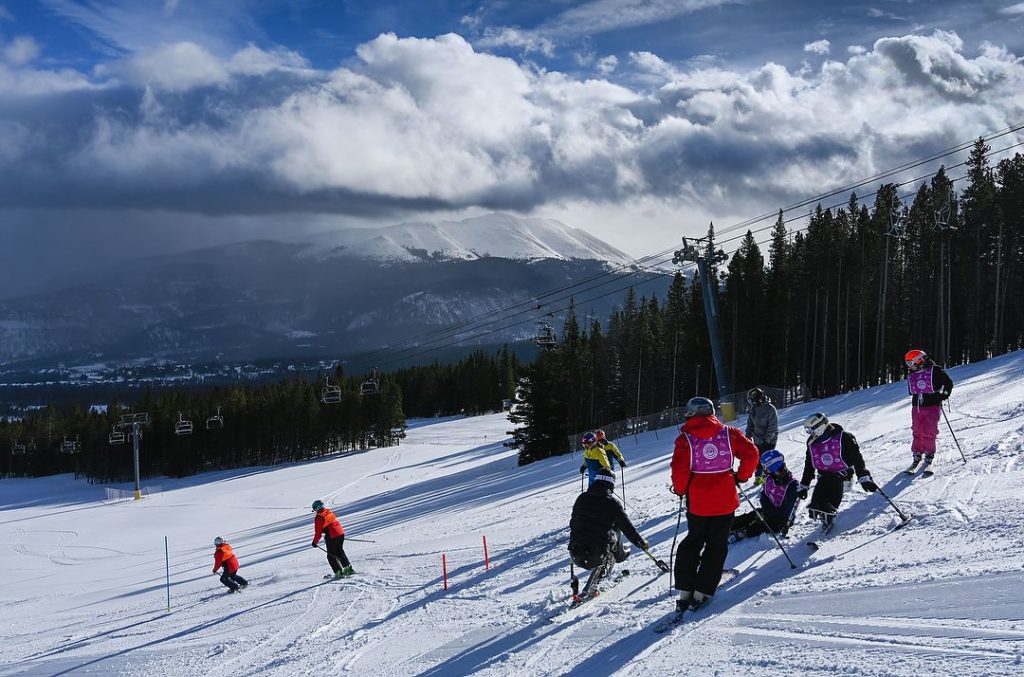
Battery life– With a fairly low CIPA rating of just over 300 frames per charge, this has been a worry for many photographers. I don’t know the details of how the CIPA testing is done, but I got many, many more frames per charge. And that was while using the camera in below-freezing weather for hours at a time. Over the course of the week, on average, I shot from 500 to over 1000 frames per outing ,and had anywhere from 29% to 17% battery life left.
DX mode – The Z7 is a 45-megapixel camera, and when used in DX mode I still get a 20-megapixel capture. That’s nearly what Nikon’s DX cameras do. This is something I’ve tried using in the past with FX cameras like the D850, when the subject is far away and the edges of the frame are unimportant to me. However, with a mirrored camera, you end up with a small rectangle in the center of the finder, which I find difficult to frame carefully. Not so with the Z7. Being electronic, the camera is able to enlarge the image in the viewfinder to fill the frame. I absolutely LOVED this feature. Having to ski with my camera equipment, I want to carry as little as possible. So I prefer the Nikkor 70-300mm f/4.5-5.6 VR lens as my primary telephoto over the larger lenses I have. But 300mm is not as much “reach” as I’d like at times, so I’ve always used a DX camera with it for the crop factor. Using the Z7 now, I can have the best of both worlds. I use the FX option when I want 45-megapixels and “full frame,” and the DX option when I need that added crop factor for my lenses (and not just the telephotos). This is WAY cool, and will change the way I work.
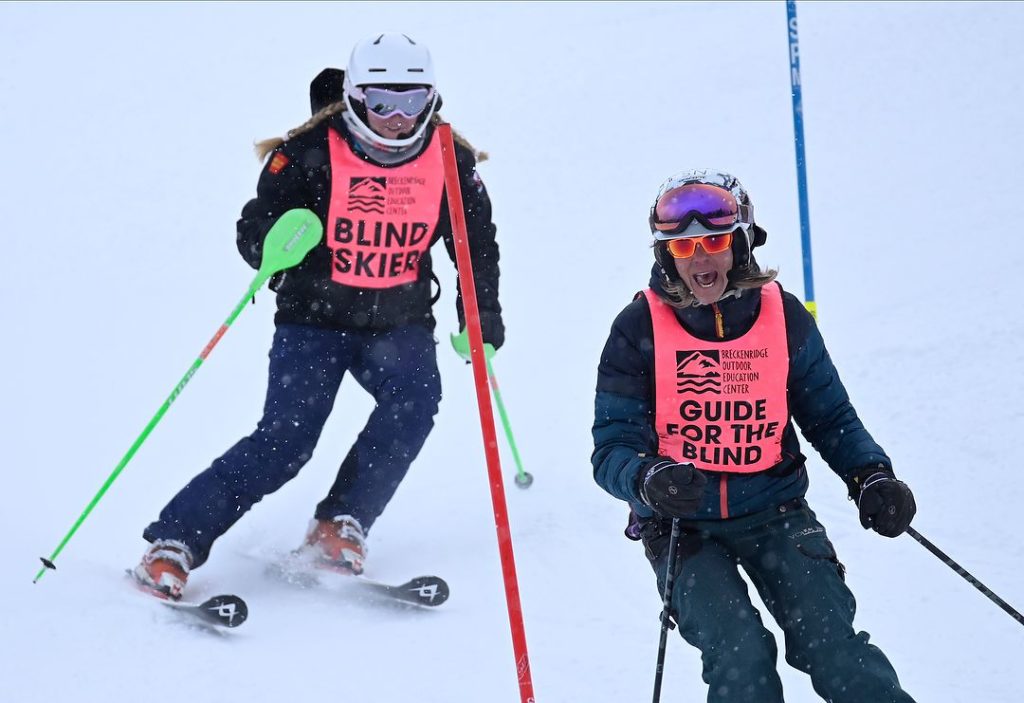
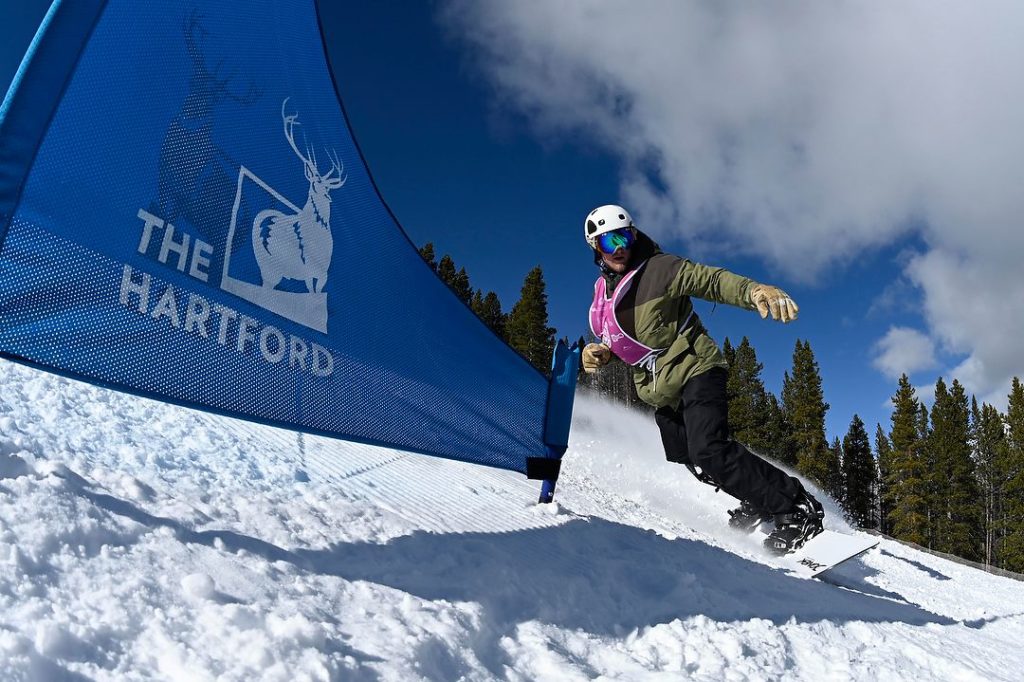
Medium RAW – For what the client needed, most of the time I didn’t require 45-megapixel captures. So I was able to save space by taking advantage of the RAW Medium option and still have 25-megapixel NEF files. For most of the outdoors photos I shot JPEG (also Medium, 25MP), but when indoors I switched over to NEF in case I had to deal with white balance problems afterwards.
Frame Rate – While five frames per second sounds fast, with ski racing I really needed the “Continuous High (extended) option of nine frames per second. Although exposure is locked after the first frame, that didn’t matter since the light wasn’t changing. Shooting at a high frame rate with this camera certainly has a different feel than with a mirrored camera. It’s more of a “staccato” look, and is a bit more challenging to use while following fast action. After a day or two I adjusted pretty well, but still, it takes some getting used to.
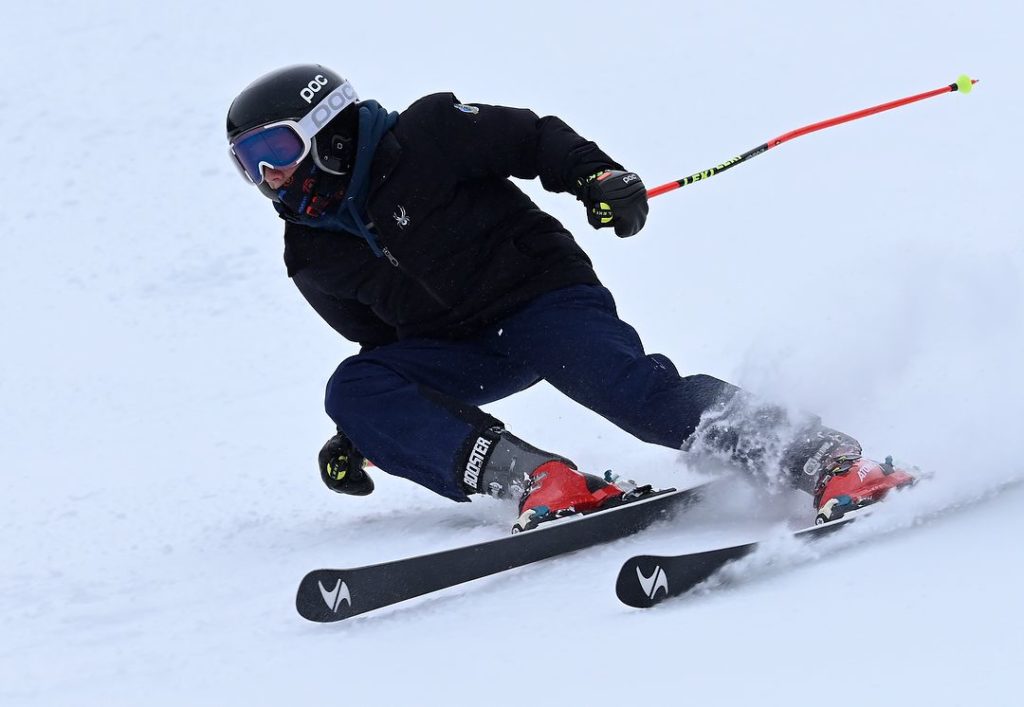
Autofocus – Last week gave me plenty of time to try the different autofocus options with fast action and see what worked best for me. I’ve always been an AF-C and back-button focus photographer, and that hasn’t changed with this camera. But it does use a new focus system, not the same design we’re used to with Nikon’s mirrored cameras. And that means that the AF area modes sometimes behave differently than what we’re used to, and have some new names.
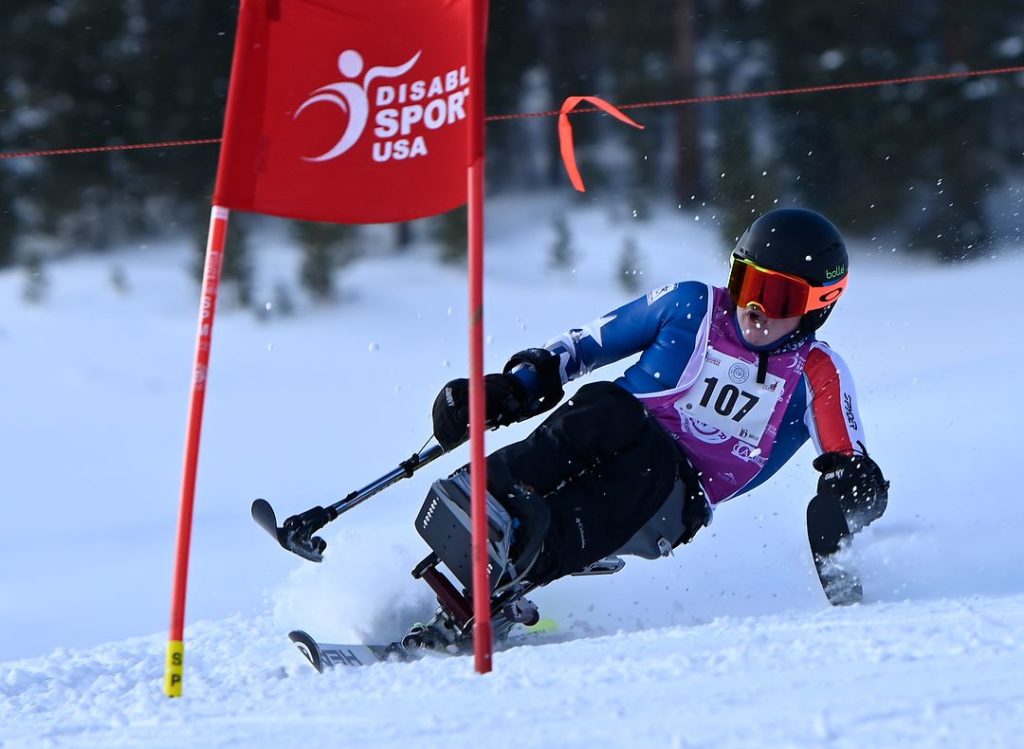
– Single-point AF – One focus point, put it on your subject and the camera focuses there. No real change.
– Dynamic-area AF – While in previous Nikon cameras we had several Dynamic options, in the Z-series we have only one. If you want an equivalent from previous cameras, Nikon suggests thinking of the Dynamic option in the Z cameras to be like Dynamic 25 in mirrored Nikons. That means the camera initially focuses on where the dot is in the viewfinder, but after acquiring and beginning to track the subject behind the single dot, it can use other AF sensors inside the larger box you see to maintain focus if the subject strays away from that dot briefly. However, the camera expects you, the photographer,to get that dot back on the subject as soon as possible, or it will assume you want to change focus. I found the Dynamic AF area mode on the Z7 to work pretty well, essentially the same as I’m used to with the other Nikon cameras. I used this and Wide-area AF (S) the most for skiing, and had very good results.
– Wide-area AF (S) – This is new, and Nikon suggests we think of it as being similar to the Group option on some of Nikon’s newer mirrored cameras. You see a small box in the viewfinder, and whatever the camera sees in that box that is closest to you is what it initially “grabs” for focus, and then tracks from that point. I’ve found this option to be great for fast subjects that aren’t large in the viewfinder (like skiers). This was the other mode I used, and it worked very well.
– Wide-area AF (L) – This gives you a larger area to work with than the (S) option, above. I didn’t need it and didn’t use it.
– Auto-area AF – This is what I call point-and-shoot mode, where the camera chooses where to focus for you. Not something I often use. However, on the Z cameras there are two added things that can happen in this mode. First, if Face Detection is turned ON (custom setting a4), the camera will look for faces and focus on one of them. If the camera detects multiple faces, you can use the multi-selector to cycle between them. I only used this feature a bit, and while it worked well most of the time, it could occasionally be confused by other things in the frame (like a round sign in the background of a scene). Second, this is the mode where Nikon’s placed Subject Tracking, which is the equivalent of 3D-Tracking in previous Nikon cameras. I found that worked well, but did require a couple of extra button presses to turn on and off.
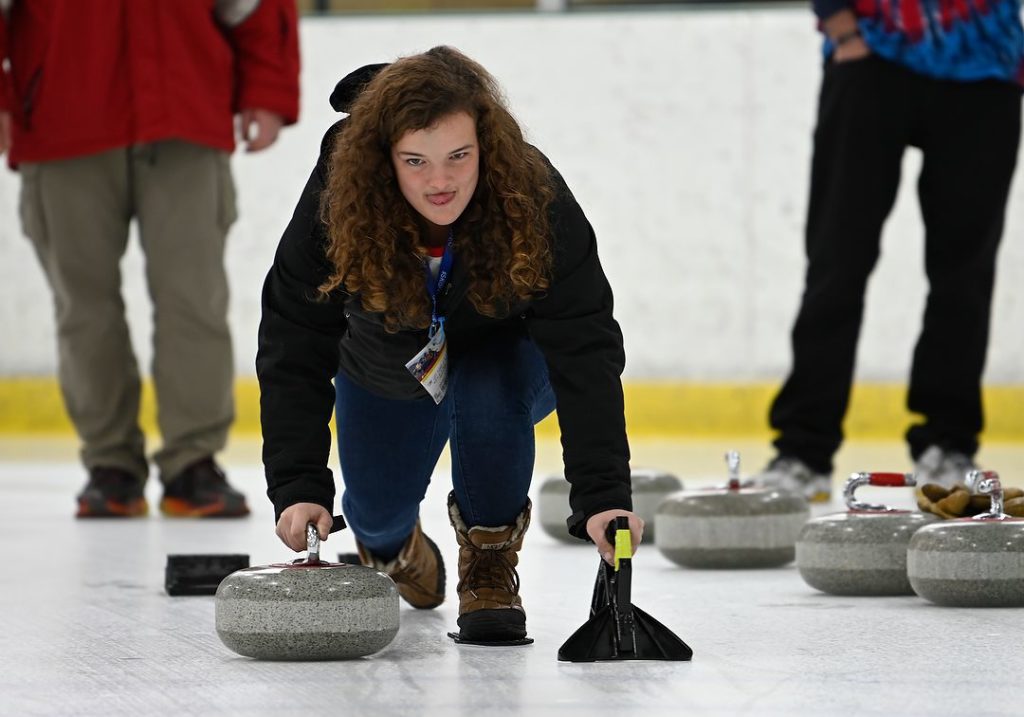
– Flash – I also covered a few indoor events – instructor training and awards ceremonies – so brought along a pair of Nikon SB-5000 speedlights. Paired with the WR-R10 Wireless Remote Controller plugged into the side of the Z7, the radio control of the strobes worked flawlessly, just as it has with my mirrored Nikon cameras. I’ve also programmed one of the function buttons on the front of my camera to turn on the Preview, so I can check the light and exposure right after shooting, without having to take the camera down from my eye.
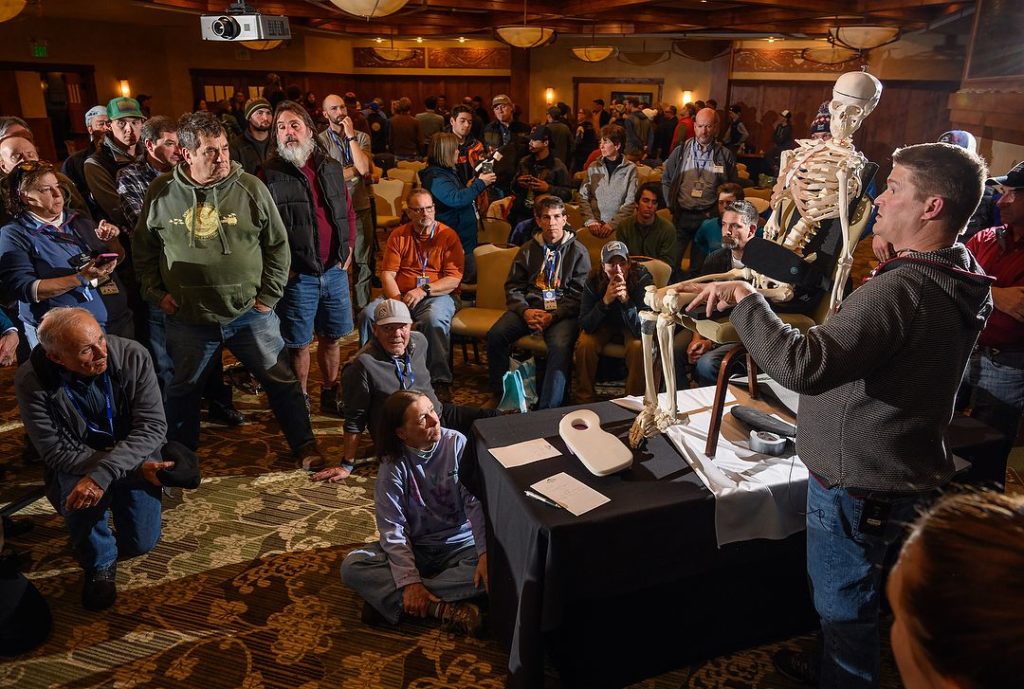
While I did take a second camera with me last week (Nikon D500), I was so pleased with the Z7’s performance that I used the D500 for only about an hour. While I still love my mirrored Nikons, I know that mirrorless is the future. If this is just the start of Nikon’s entry into this market, I can’t wait to see what they come up with next.
UPDATE February 6, 2019 – I’ve just returned from a month in the Antarctic, teaching photography on a ship down there. I took along the Nikon Z7, Z6 and D500 bodies. For fast, erratic action, like fast birds oro shooting off the stern of a moving ship, the D500 was much better at acquiring and maintaining focus while in Group AF Area Mode. For more regular action, the Z cameras did well, but I think it will take a generation or two for Nikon’s new mirrorless cameras to catch up with the performance of their top-of-the-line mirrored cameras. Nikon has announced upcoming firmware updates that will affect the AF system, and I look forward to trying those.
(If you like this story, please share it with your friends and let them know about the links on photography that I post on my business Facebook page. I’m also on Instagram and Twitter, @reedhoffmann)

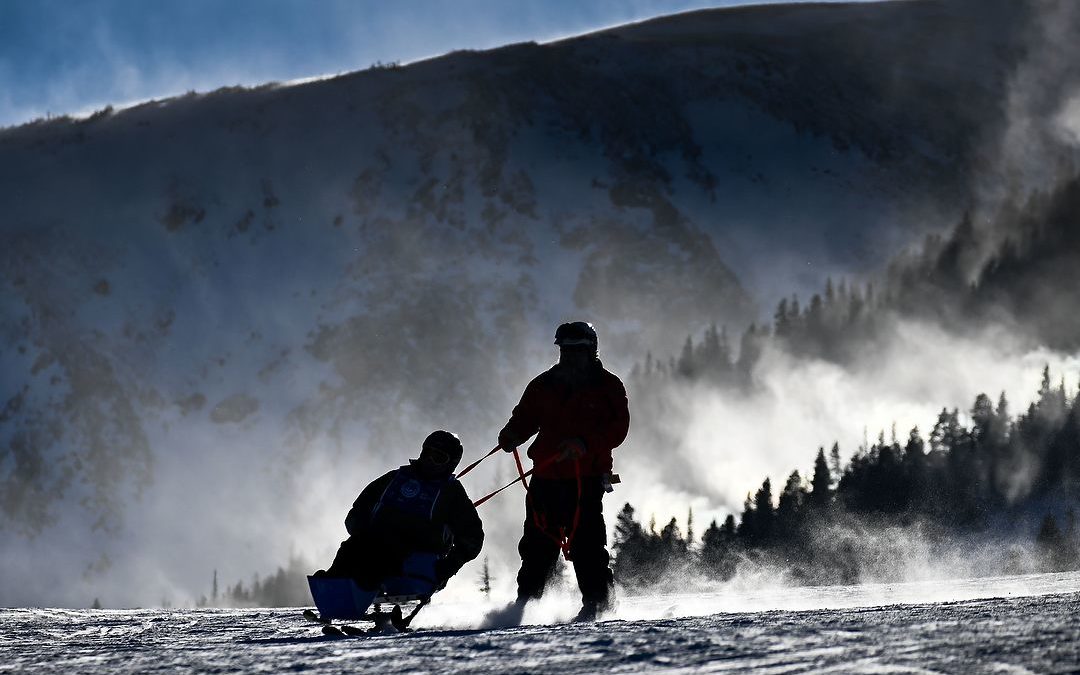
Hi Reed,
Great review. I am currently looking to replace my D750 (shutter died) and am waffling between a D850 and the Z7ii. I’m shooting a ton of sports including hockey. Any opinions?
Between the two, I’d go for the D850. It has a more powerful autofocus system than the Z 7II. However, if you’re doing mostly sports, and indoor, high ISO, you might want to look for a good deal on a D4S or D5. Lower resolution (about 20MP), but the high ISO performance is pretty amazing, thanks to the larger pixels.
Good day
Do you have online seminars?
Yes, I teach online classes in Landscape Photography, Night Photography and Wildlife Photography. You can find more info about there here: https://reedhoffmann.com/new-workshops/
A suggestion for a starting set up for shooting race cars on a toad courses. z7 with a 70/200 for a usual combination. I usually use a monopod. Occasionally will use a 200/500 f3.5/5.6 Nikon lens for tight compositions.
Hi Dennis. Are you asking what other camera gear I might recommend for photographing auto racing?
Hi Reed,
Thank you for your excellent review!
I shoot portraits, wildlife and some sports. Im thinking about selling my D850 now that I have a Z7. Do you think this is a smart move?
Im 64 years old and do not have the steadiest of hands so Ive found that the IBIS is just magnificent with the Z7 and that coupled with the new native Z mount lenses has made a big difference for me. Would love to hear your thoughts!
Best to you,
Rick
Phoenix, AZ
Hi Rick, I’m passing through Phoenix right now on my way north to lead a workshop, so I’ll make sure and wave! The only advantage I think the 850 has over the Z7 is that it’s a bit better with AF for fast action. If you’ve been happy with its performance for that (and make sure you’ve done the recent firmware update), then yes, you might want to part with the 850. If I did that, I’d then use the $$ to invest in new S lenses. As you’ve found, they’re excellent. Good luck!
Reed, I like your review. I have looked briefly at the Z7 and I don’t see a “lock” function on the back of the camera, which I use a lot when shooting action sports. Is this function available on the Z7?
Thanks for your time.
I’m guessing you’re asking about locking autofocus, and right now have AF activation on the shutter button? If so, you can program the “AF On” button on the back to lock AF when you press and hold it. Does that answer your question?